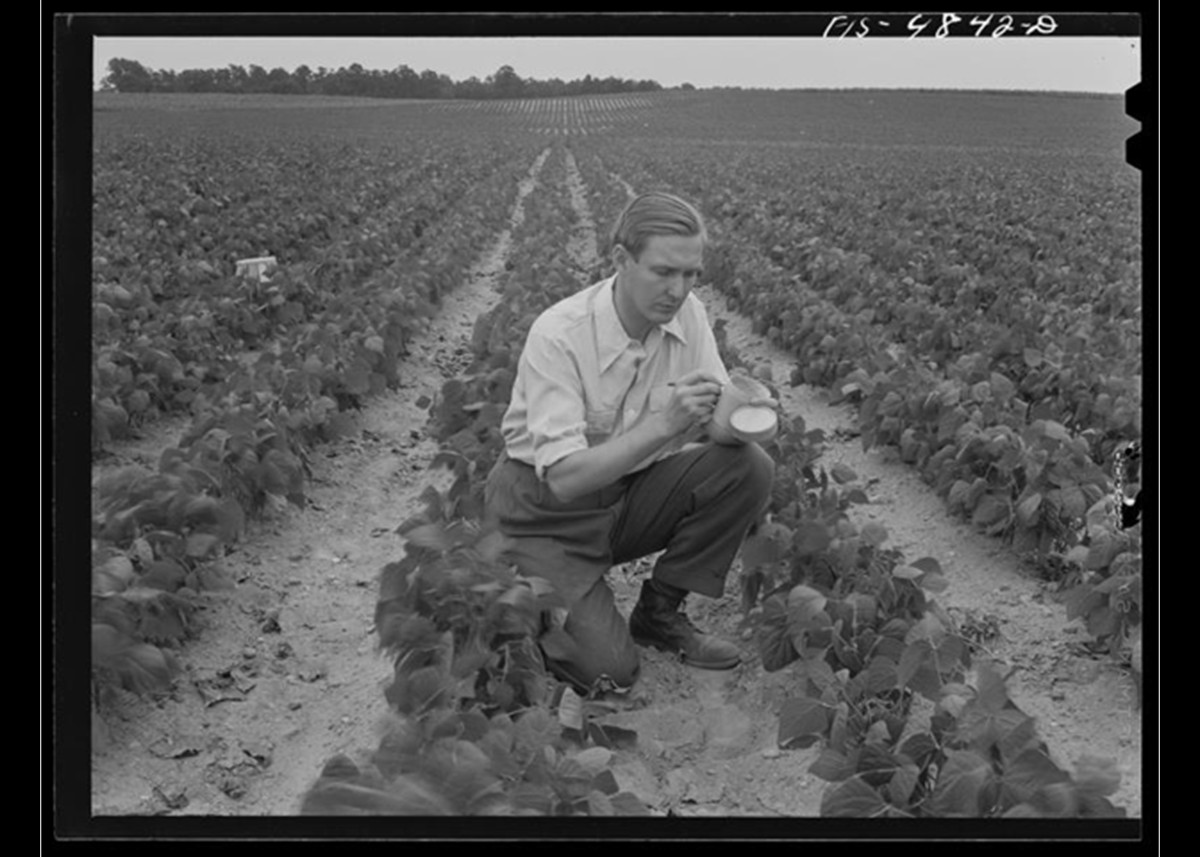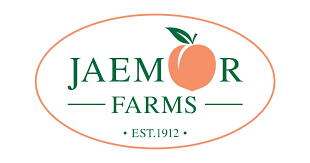When John Seabrook set out to write his part memoir, part investigative journalism book, “The Spinach King: The Rise and Fall of an American Dynasty,” he wasn't just unpacking a family legacy, he was tracing the arc of American agriculture itself.
In “The Spinach King,” Seabrook uncovers the buried history of how his grandfather, Charles F. Seabrook, transformed farming from a labor-intensive tradition to a high-speed assembly line and how that bold vision ultimately fractured a family and an empire.
His grandfather was once hailed as “the Henry Ford of agriculture,” building an empire in southern New Jersey that helped pioneer mechanized farming and frozen foods. At its height, Seabrook Farms grew a third of the nation's frozen vegetables. But behind the innovation and scale was a more complicated story of labor, succession and industrial transformation — one that mirrors the tensions in farming today.
His story tracks the evolution of American farming from hands-in-the-soil labor to factory-line efficiency. In this interview, Seabrook shares what he uncovered and what today's growers can learn from his family's triumphs and missteps.

The Packer: “The Spinach” King is an impressive undertaking, blending memoir and investigative journalism. I'm curious how you were able to balance telling such a personal family story with uncovering the broader truth about the industrialization of American agriculture.
Seabrook: It didn't happen all at the same time. I started writing the book more as a kind of celebration of my grandfather's technical achievements, his entrepreneurial spirit and the way frozen food went from being a little cottage industry to being a national product, and the role that he played in all of that.
[I was going in] thinking I would celebrate [these achievements]. The investigative part of it came after I was already committed to writing the book, and I kept uncovering things about my grandfather that I hadn't previously known. It became very challenging to know whether to include stuff that not only diminished him in my eyes, because he was something of a national figure, and certainly a regional figure.
A lot of the immigrants who came to Seabrook Farms really thought he was a great man and still do. And so it was a little bit like tearing down a statue, you know, putting some of this stuff into the book; but at the same time, I felt like it was important, not only to the people who lived during those years, but also to my family, my children, to know the truth. Because I think these traumatic things that happen in families don't always get talked about, and then they find their way through the generations in different ways. But I think exposing them to the light can be a valuable thing. And since so much time has passed and the principal players are all long gone, it seemed like the right thing to do.
You compare C.F. Seabrook to Henry Ford. What made his agricultural vision revolutionary for its time? Seabrook Farms was described as “the biggest vegetable factory on earth.” How did this industrial approach to farming influence the broader food industry? And how much of that collapse do you attribute to C.F. Seabrook's inability to relinquish control?
Many people try to grow vegetables at some point in their lives, usually a couple of rows of greens, cukes, tomatoes and carrots in a patch of backyard they laboriously prepare. After months of work, you're lucky if you harvest enough to make a salad. Imagine growing backyard vegetables on an industrial scale, by creating an assembly-line method of growing, picking and preserving them based on the mass production innovations of Henry Ford.
The only way such an enterprise could have succeeded was through absolute control. C.F. and his three sons created a complex system of control of nature — and through control, monetization, in which labor, sunlight, water and time were factored in a system of ‘growth units.'
When it came time for C.F. to give over control of the company to my father and his brothers, he could not. He saw them as a threat to his absolute authority, the same consuming need to have everything done the way he wanted it done. Without that, he was nothing.
Your book explores how labor, especially migrant workers, powered Seabrook Farms at its peak. How do you think that labor, the labor model, influenced today's agricultural workforce structure and challenges?
I realized [the book] wasn't just the story of my family and their innovations, it was the story of all the workers that came to Seabrook Farms and realized those innovations, because even though it transitioned from an agricultural business to an industrial business, it didn't really leave agriculture behind.
Although parts of the harvest and parts of cultivation were mechanized, there were other parts that never really were mechanized, and so you still needed lots and lots of people. And the business grew at a time when Americans became less and less interested in doing that kind of farm work, outdoor work. You know, before the Second World War, it was possible to staff the farm with a lot of domestic workers. But after the Second World War, it became pretty difficult to find domestic workers to do that work. So yes, Seabrook Farms was a pioneer in reaching beyond the borders of America to find farm labor. That started with the West Indies during the Second World War, when Jamaica and Barbados provided workers for East Coast farms that had lost their labor force, and then also Seabrook recruited from the Japanese American internment camps during the war, and after the war from displaced persons in Europe who came to America, sponsored by my grandfather, and lived at the farm and worked there.
So I think the story there, and the story that still applies to today, is that farms can't do without farm workers, and it's increasingly difficult to get farm workers, and particularly in these times when, you know the crackdown on the border, a lot of farm workers are undocumented people and farmers kind of look the other way. I think if we really crack down on all the undocumented folks in this country, I think it would be really hard to find workers for a lot of our farms. That's just the nature of farm work.
It was true of Seabrook Farms, and it's true today, and it's also true that they even though technology moves forward — I wrote a piece about an AI strawberry picker, like a robotic strawberry picker, but it doesn't do as good a job as people. You know, there are just certain things that people do better than machines, and maybe they always will.
What lessons do you hope your own children take away from this family saga?
I wrote this book in part for my children in the hope that it will help break the cycle of incompetent parenting that extends back three or four generations on both sides of my parents. I am not a perfect father by any means, but at least I have tried to be honest with my children about how we came by our privileges and the toxic effect that money can have. I think, particularly there is in father-son relationships a kind of male depression that is passed down through the generations, if past traumas aren't brought to light.












